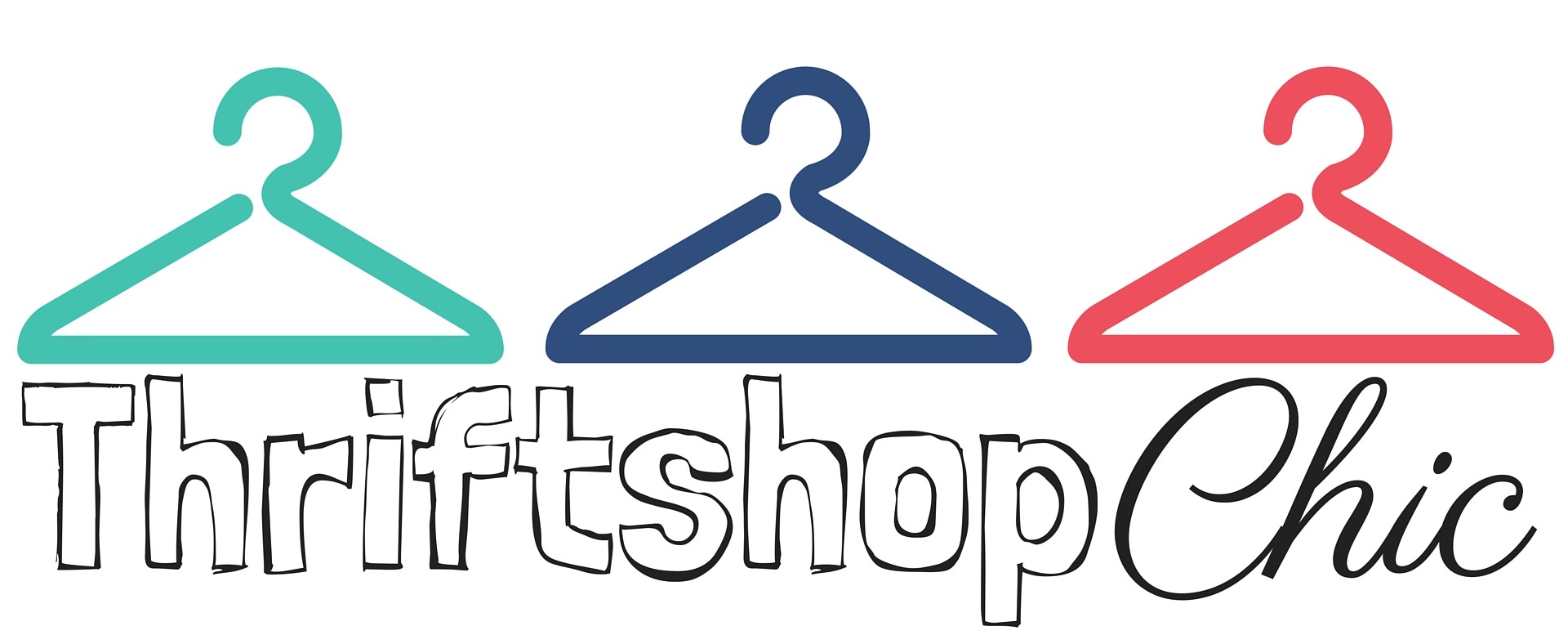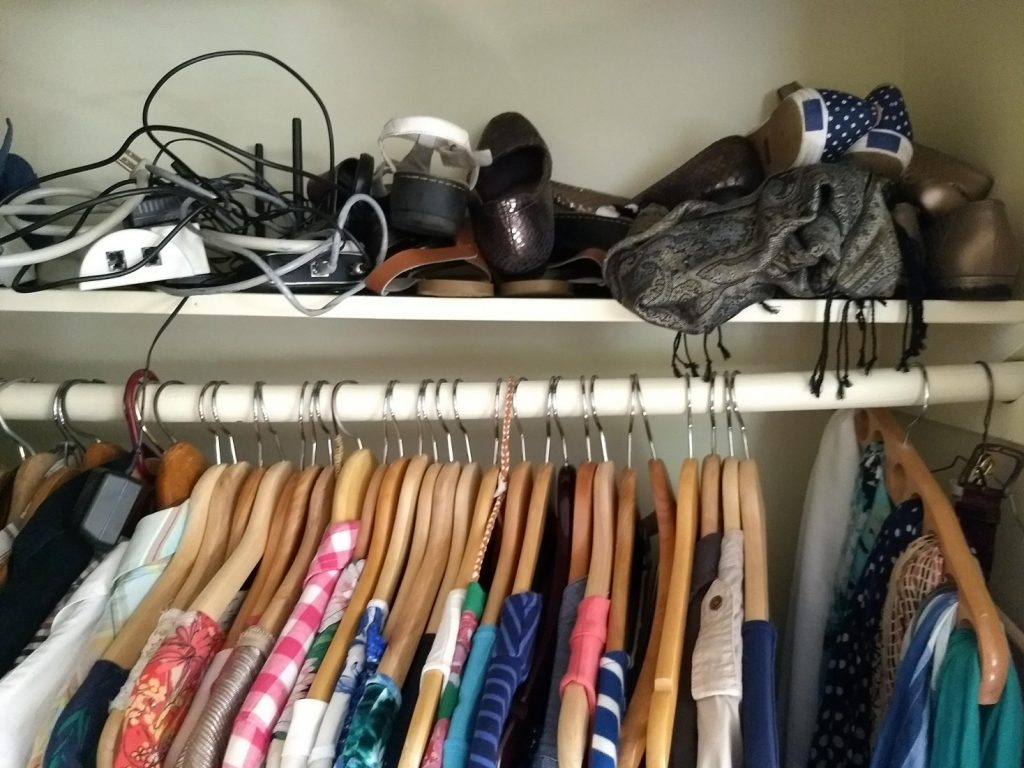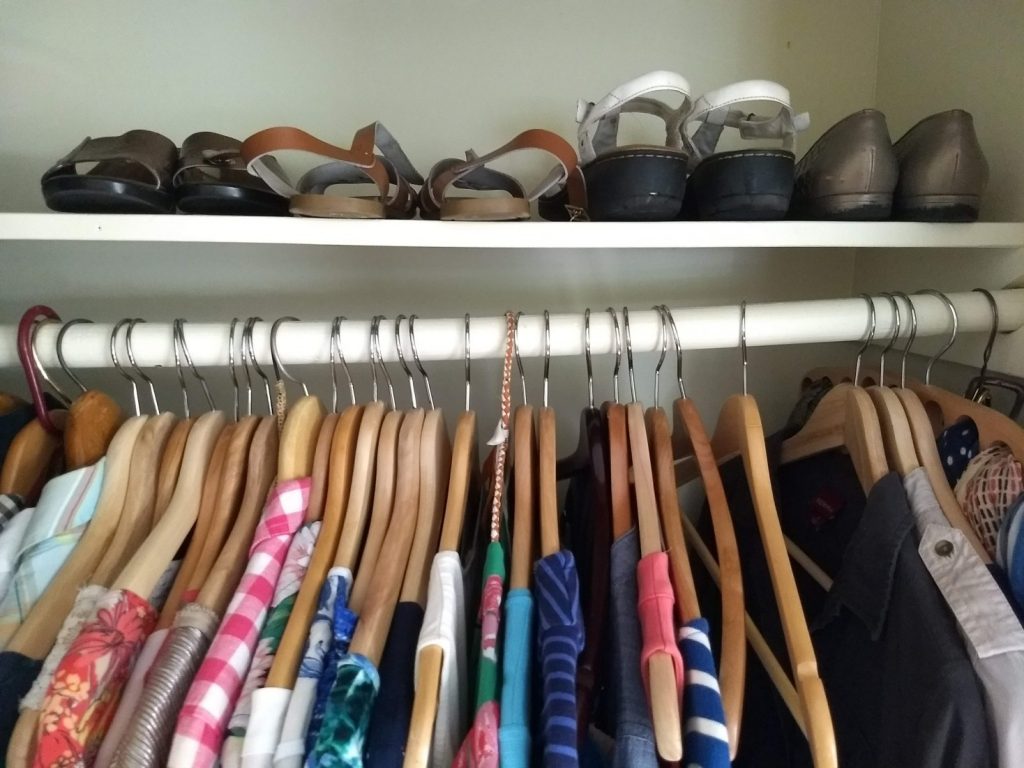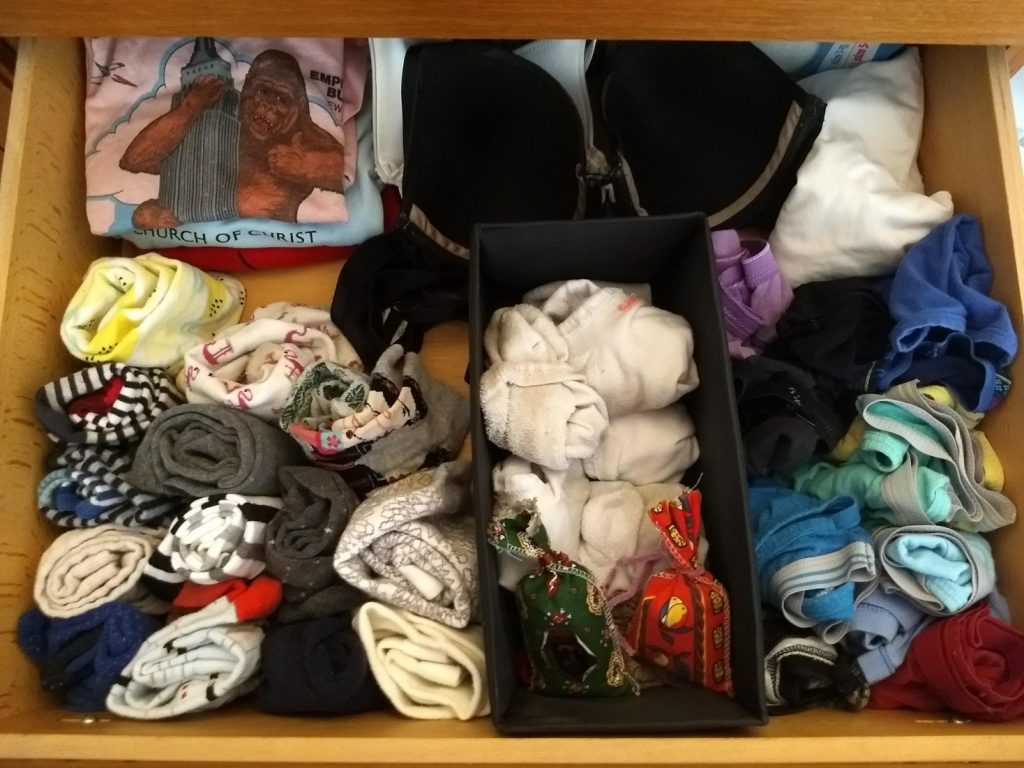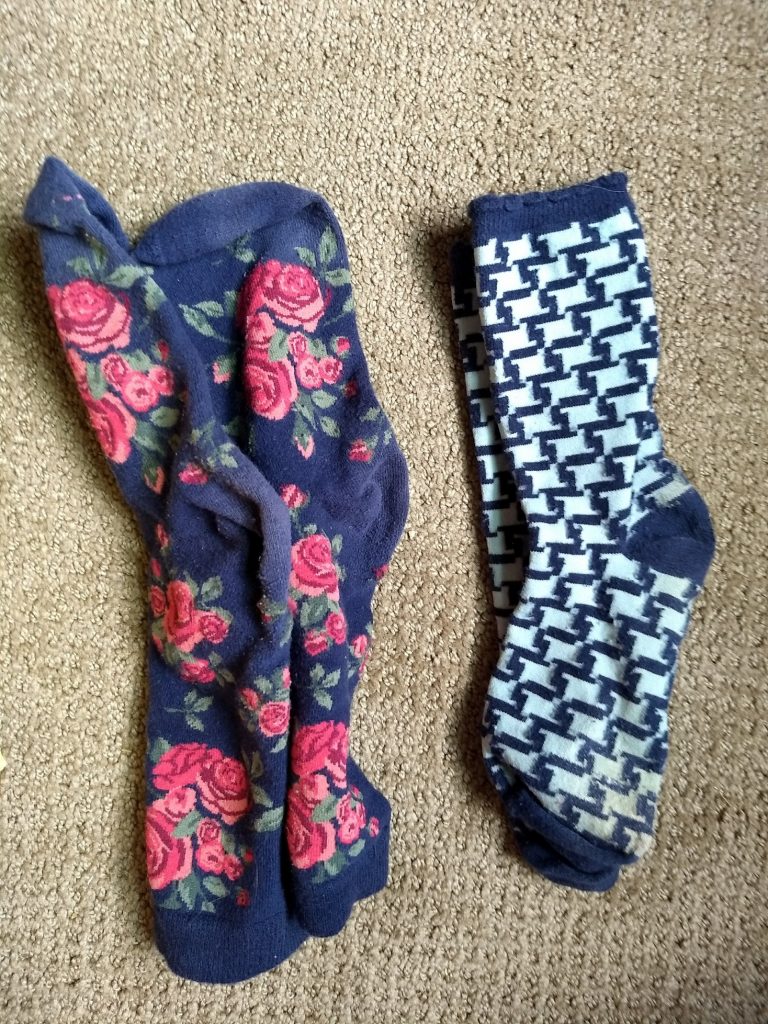One way we’ve pared down over the years is to get rid of excess bedding. You know – the kind that somehow takes over your linen closet and makes you feel overwhelmed on laundry day. Or the kind that drives you mad when a guest comes to visit and you can only find one clean pillowcase of a matching set.
Searching out secondhand, thrifted, and ethical linens and donating or recycling what we don’t truly need or love has allowed us to feel organized and streamlined.
Here’s what we’ve done to simplify our bedding:
Get rid of extra sheet sets. Currently we have one set of sheets for our bed; one set for the guest bed; one extra in case either of those first two needs a tight turnaround; and one set for our preschooler’s bed. For the thrifter-on-the-way, I’ve kept 2-3 fitted crib sheets from our first go-around and don’t plan to buy more. (We were gifted/secondhanded 5 with our first kid and never used them all.)
We find that even when factoring in occasional accidents, this is enough, because it motivates us to wash sheets as soon as they become dirty. Knowing we need to put them back on the bed that same night propels us to get them out of the washer and into the dryer ASAP – which means no manky clothes that sat too long in the washing machine. And when they’re dry, it saves us the chore of folding them because they just go right back on the bed. (Because let’s be honest, who wants to fold fitted sheets? No one, that’s who.)
To donate sheets in good condition, drop them off at your nearest thrift store (check first to make sure they take linens). For sheets that have gone hole-y, take them to the nearest textile recycler or cut them into rags.
Nix the top sheet. This was initially controversial at our house, since I could care less about top sheets but the spouse was rather attached to them. When we got a down duvet, however (see below), he was converted, mostly because sleeping with just a down duvet feels like sleeping on a cloud – ahhhhhhh. Our preschooler also loves going without a top sheet because she’s much less likely to get tangled up in a blanket than a sheet.
No top sheet also cuts down on washing/drying/folding. Plus making the bed is 1000% easier – we just shake out the blanket or duvet into a semblance of smoothness and we’re done.
We do put a top sheet on the guest bed because we assume that not everyone who comes to stay will want to go top(sheet)less. And we also keep the top sheet for our bed folded neatly in the linen closet for the hottest part of the summer when a duvet would roast us alive.
Consider secondhand. Unlike mattresses and pillows, which should not be bought secondhand (hi bedbugs and dust mites!), sheets and washable blankets make for great thrift store finds. You get a sense for whether the item wears well; you can feel the goods before purchase; you save money; and it’s an ethical option since you’re not creating demand for new linens that might be made in environmentally or ethically questionable ways.
We got our backup set of sheets at Goodwill; they’re a pleasing blue and are 100% cotton from IKEA. We also got our duvet cover secondhand from a parishioner who thought we could use some extra bedding as we moved into the parsonage. Pattern-wise, it wouldn’t have been our absolute first choice, and we may eventually buy something we like better; but in the meantime it’s actually kind of grown on me:
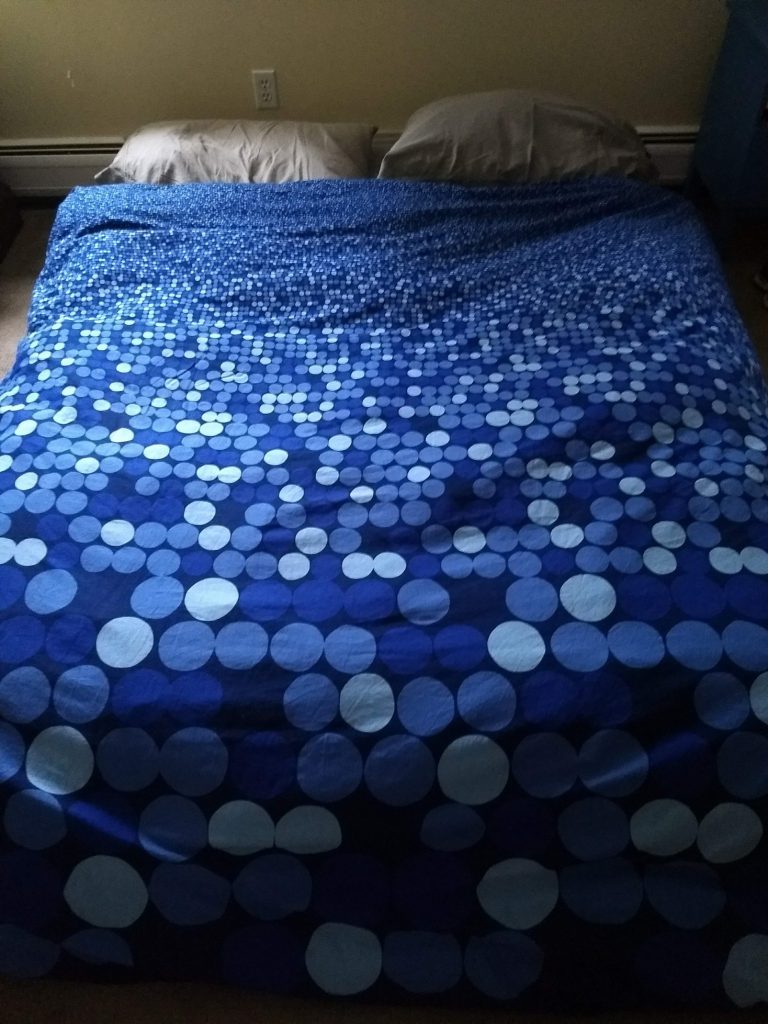
Consider ethical retail options. If you have access to a Costco membership, they sell quality sheets and down duvets at great prices. (It’s where we got both our duvet and our main sheets.) While you need to check individual brands on offer for their labor/environmental practices, Costco as a company has great labor practices including paying employees a living wage with benefits.
IKEA also offers sheets that are made with sustainably grown cotton and/or lyocell, both of which reduce water, pesticide, and fertilizer usage. (Check the “materials and environment” tab on a particular product on their website to learn more.) If we get a new duvet cover one day, it will be one of these.
Etsy also offers US-made duvet covers but usually for a heftier price. Be sure to check whether the listing explicitly says “Made in US” (or other country with good labor practices). “Ships from US” might mean nothing more than that the US seller imported it from a wholesaler before sending it to you.
And nix microfiber when possible – it feels super comfy but is made with petroleum-based polyester fibers, tiny bits of which break off and pollute the watershed every time you wash. Try cotton sateen or a cotton/lyocell combo for a luxurious-feeling, plant-based alternative.
Tips to make life with linens easier:
For that backup set of sheets, learn how to fold a fitted sheet.
Learn how to easily put your duvet cover back on the duvet after washing it.
Speaking of duvet covers – if in doubt, get a duvet cover that is smaller than your duvet. Duvet covers often come in different dimensions than the duvets themselves, which can be a huge headache when trying to find the right size. You might be tempted to size up on the cover for roominess, but a duvet that is the same size or smaller than the cover will use that extra space to move around a lot more, leaving you with flat, empty edges and weird lumps. Our duvet cover is a few inches shorter than our duvet in both dimensions and you can’t tell – it just fills the space instead of looking overstuffed.
What’s your sheet situation? Any suggestions for how to slim down your linens and/or creatively source them?
